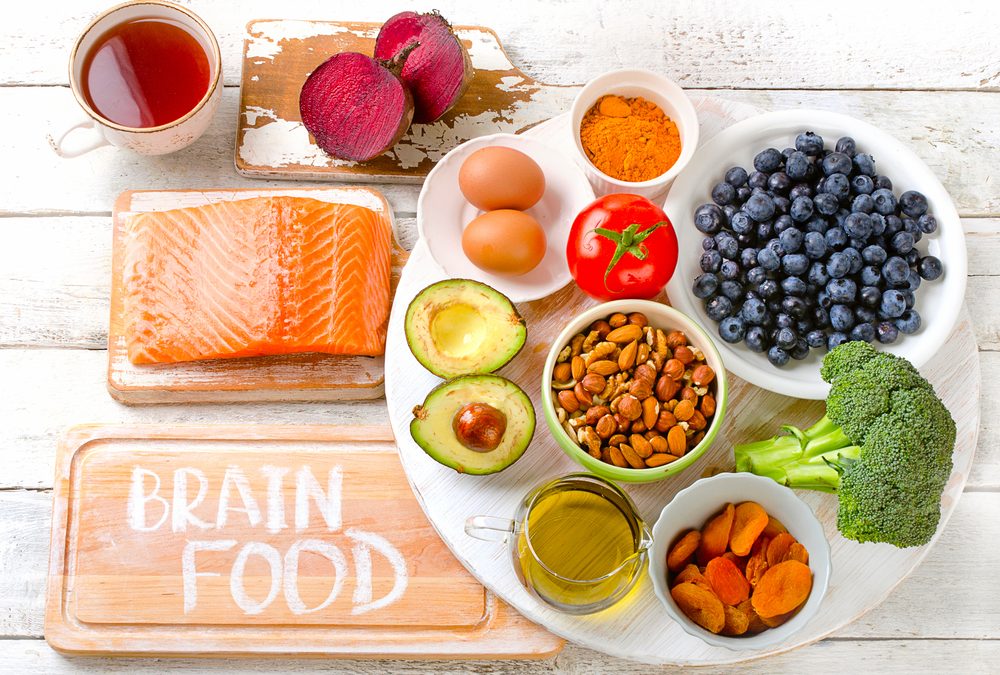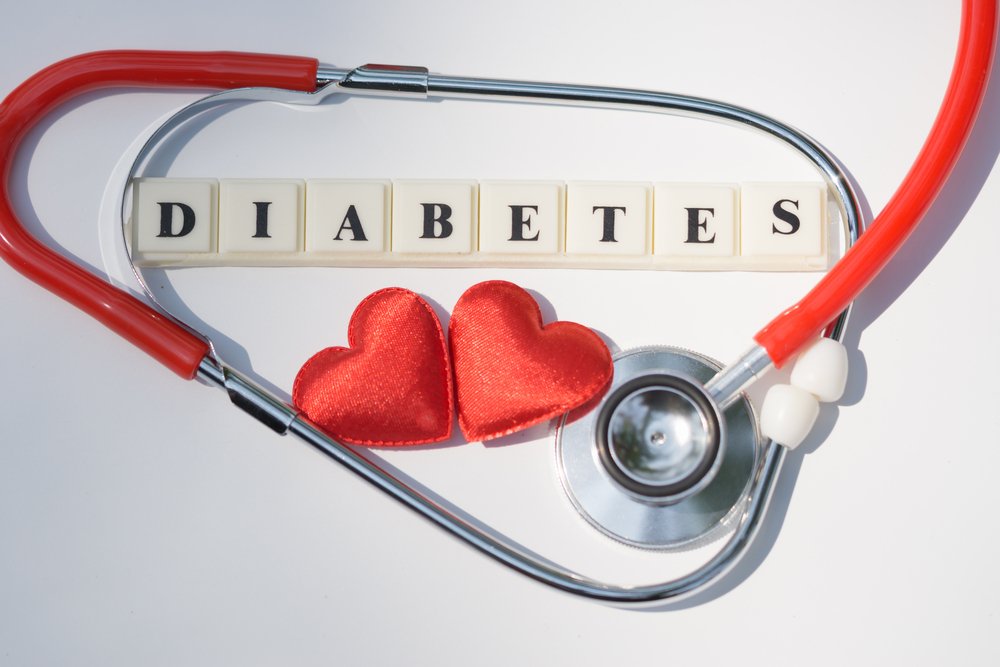 by OmegaQuant
by OmegaQuant
The omega-3s EPA and DHA are incredibly important to your child’s health and development from the time they are in the womb, through their teens, and well into adulthood — from top to bottom, and the beginning to the end of life.
Some of the best sources of omega-3s are salmon, mackerel, tuna and herring. And if your child already eats these on a regular basis, please pat yourself on the back. But if your kid is like most, they probably fall woefully short when it comes to fish intake.
According to the 2016 Fisheries of the United States Report released by the National Oceanic and Atmospheric Administration (NOAA), Americans increased their seafood consumption to 15.5 pounds of fish and shellfish per person in 2015, up nearly a pound from the previous year, making it the biggest leap in seafood consumption in 20 years.
HOWEVER, Americans are still only eating about 4.77 ounces of seafood a week, and that amount is probably a lot lower when it comes to kids. And it’s especially not that impressive when you consider our annual average consumption of chicken and beef, which weigh in at ~60 pounds and ~52 pounds, respectively.
BLOG: OMEGA-3S SIGNIFICANTLY REDUCE THE RISK OF PRETERM LABOR
When you are trying to get kids to try new foods, start very small, says a recent Parents article. Using peas as an example, Keith E. Williams, Ph.D., director of the feeding program at Penn State Hershey Medical Center, in Pennsylvania, said you have to make sure you’re not giving your kid a giant bowl of peas.
He claims many parents offer a portion that’s way too large, which can automatically turn kids off from trying new foods. “We usually begin with pieces so small that they could literally be blown away,” he says. At home, try a single pea, part of a noodle, or a crumble of cheese. Encourage your child by saying something like, ‘This is easy — you could be done in a second.’ Once your child eats it, give him a food he does like. Then, at subsequent meals, increase the portion of the new food and phase out the follow-up food.”
CHECK OUT THIS SLIDESHOW OF THE TOP 15 FOODS KIDS HATE AND HOW TO CHANGE THEIR MINDS
The same might work for tough foods like fish too. But the reality is, besides the occasional fish stick (which contains hardly any omega-3s), most American kids are not eating enough fish and therefore not getting their valuable omega-3s. But all is not lost.
Given the significant importance of omega-3s to human health, the last decade has witnessed an explosion of products featuring EPA and DHA in food, beverage and dietary supplement form. From omega-3 gummies to cookies to yogurt and milk, omega-3s are showing up in a variety of applications that are helping kids get a decent daily dose of omega-3s.
The current Recommended Adequate Intakes of Omega-3s for kids are:
- 0 to 12 months: 500 mg/day
- 1 to 3 years: 700 mg/day
- 4 to 8 years: 900 mg/day
- 9 to 13 years (boys): 1.2 grams/day
- 9 to 13 years (girls): 1.0 grams/day
- 14 to 18 years (boys): 1.6 grams/day
- 14 to 18 years (girls): 1.1 grams/day
But a word to the wise: the “omega-3” claim can be misleading when it comes to food, beverage and even supplement products. Make sure that the products you seek out actually contain EPA and DHA, and not just ALA. While ALA might have health benefits in its own right, many consumers equate this omega-3 with EPA and DHA and the health benefits just don’t compare to getting these two fatty acids directly from the diet.
As the Global Organization for EPA and DHA Omega-3s cautions, “Locating the EPA and DHA levels on food and beverage packaging can be a little tricky. If it is not found on the Nutrition Facts panel itself, you can often find it on the front of the package or by reading the back and side panels.”
If a product says it only contains omega-3s but doesn’t specify the source it comes from, like salmon oil, algal oil or marine sources, or the type of omega-3, namely EPA and/or DHA, then don’t waste your money. It is best to make sure that you are consuming the right omega-3s. Foods fortified with flax or other plant-based sources like chia won’t do the trick.
Below are some product types and examples featuring EPA and DHA that are currently in the marketplace today.
Omega-3 Eggs
There are several different types of eggs — conventional, organic, cage free, pastured, omega-3 enriched — and their nutritional content varies greatly. According to one study, consumption of omega-3 eggs has the potential to confer health benefits through the increase in intake of omega-3 fatty acids. Other studies on eggs from pastured and free-range hens have showed they contain a higher amount of nutrients compared to their conventional counterparts.
When it comes to omega-3 fortified eggs, there is definitely some confusion in the marketplace, as some eggs contain only the omega-3 ALA, which is ok if that is the omega-3 you are looking for, but it is a very poor converter to EPA and DHA.
Typically, omega-3 eggs are produced by hens fed a diet containing flaxseed. When the hens digest the flax, some of the ALA gets broken down into DHA and both fatty acids transfer to the yolk. One omega-3 egg typically contains 340 milligrams of ALA and 75 to 100 milligrams of DHA.
There are some cases where fish oil is added to a chicken’s feed to further increase the DHA content of egg yolks. For example, GoldEgg Omega Choice contains 130 mg of DHA per egg.





